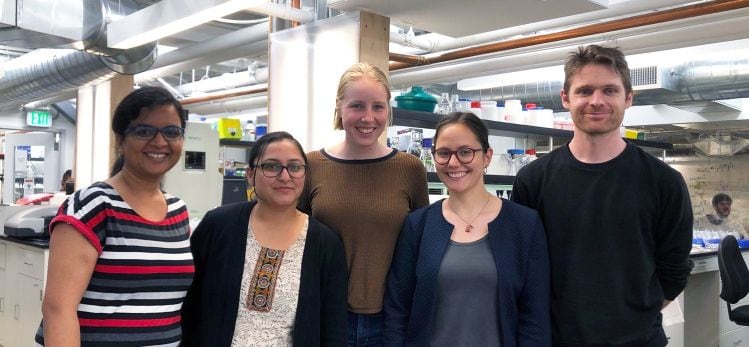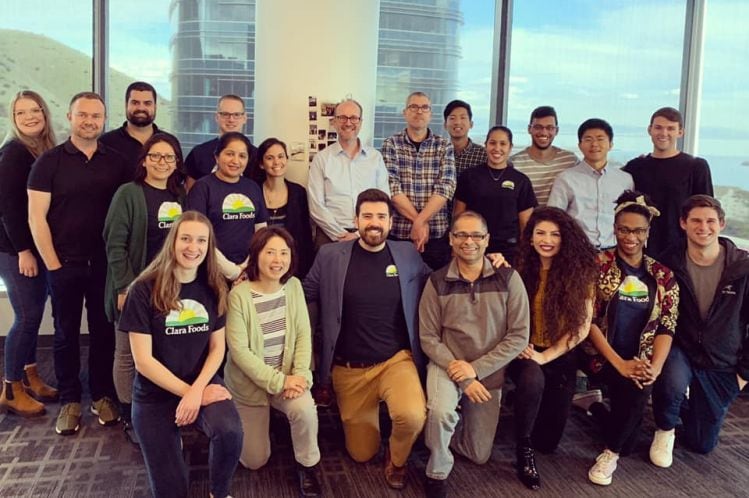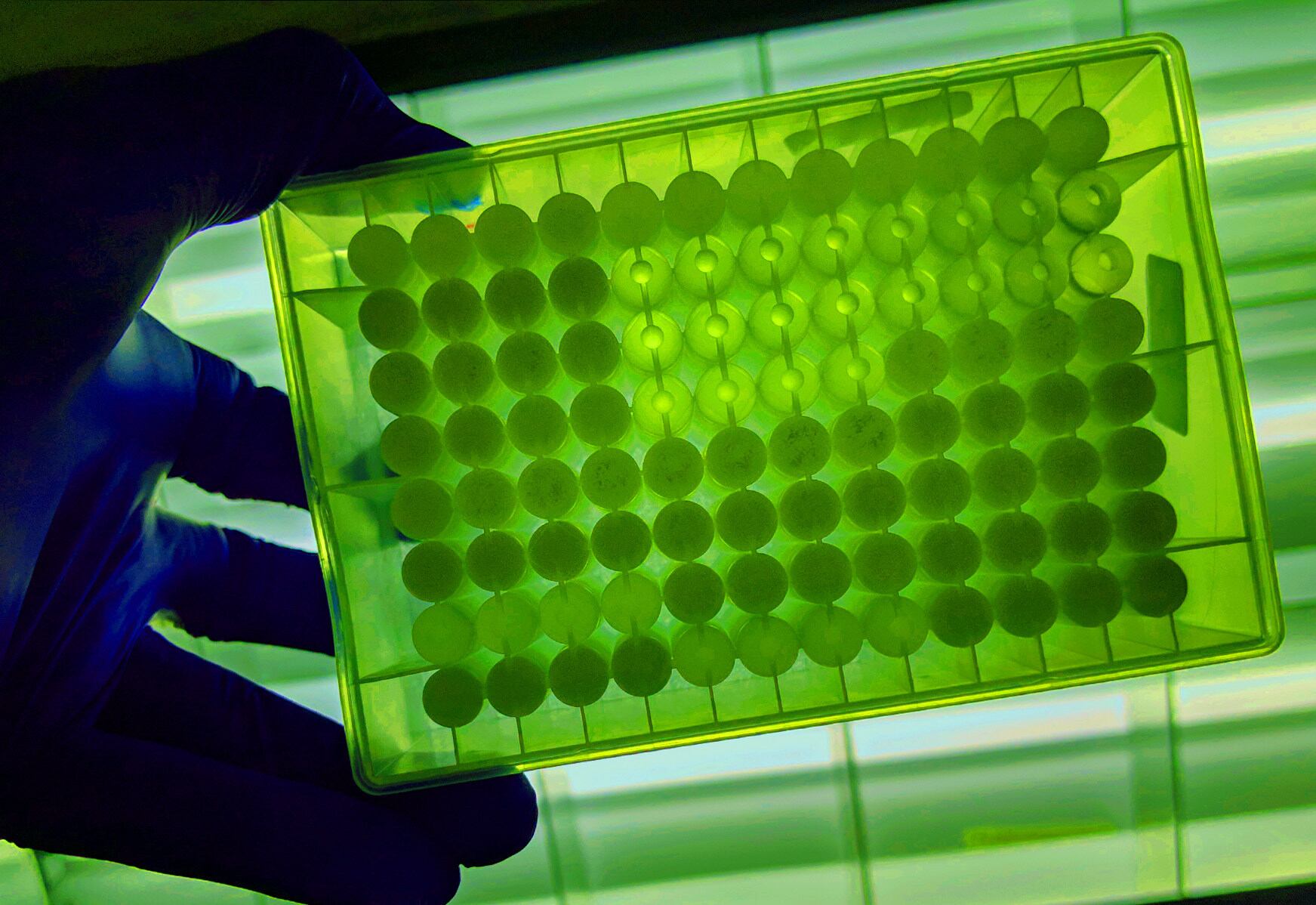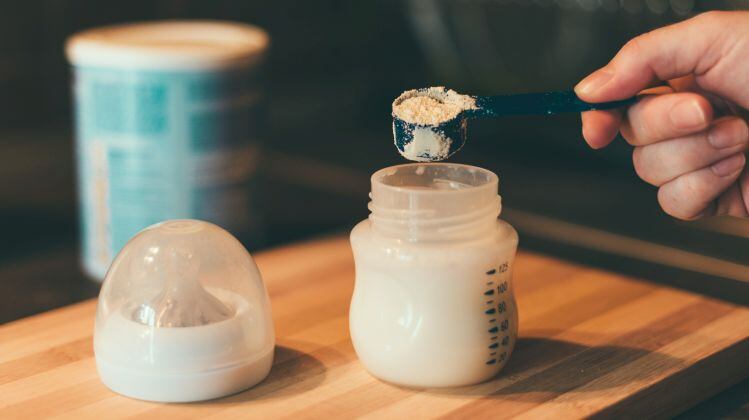While the latest generation of plant-based meats are getting closer and closer to the real thing, plant-based cheeses don’t generally deliver the same taste, texture, functionality or nutrition as dairy cheese because they don’t contain casein, claimed New Culture founder Matt Gibson.
One of a new breed of companies - from Perfect Day and Clara Foods to Geltor and Motif Ingredients - that use genetically engineered microbes as mini protein factories, New Culture was founded by Gibson in New Zealand, but has recently moved its base to California after participating in a four-month program at life sciences accelerator IndieBio.
‘There are actually very few companies doing this’
While Perfect Day - which is also using undisclosed ‘microflora’ to produce milk proteins – is now focused on a b2b strategy (focused on supplying dairy ingredients) following a partnership with ingredients giant ADM, New Culture is looking to develop a retail cheese brand (beginning with mozzarella) using its technology, Gibson told FoodNavigator-USA.
“When you look at this space – creating dairy proteins using recombinant protein technology – there are actually very few companies doing this vs something like lab-grown meat. There are Perfect Day and Motif Ingredients and maybe others we are not aware of, but they are taking a b2b approach, to create ingredients for other companies to use.
“But we’re a product company – a dairy company - and our first focus is cheese, so we have designed our entire process around that end product. But partnerships will be very important to us as we scale up the fermentation process,” added Gibson, who has a preliminary patent filed covering New Culture’s ‘end to end’ production process and predicts it might be three years before his products reach the market.
“At the end of the fermentation process we have curd, and that goes through the same cheese-making process as traditional dairy curd, so we can then leverage a lot of the existing infrastructure already used in cheese-making.”
Microbes as protein production factories
So how does New Culture’s production process work, and how efficient is it compared with both regular milk production from dairy cows, and with what some of the other pioneering companies in the microbial fermentation field are doing?
In a nutshell, Gibson – who has a degree in genetics and microbiology - is using synthetic biology techniques to insert DNA sequences into his microbe that effectively ‘program’ or ‘instruct’ it to express his target proteins (alpha caseins, kappa caseins and beta caseins) after feeding on a sugary substrate.
These are then formed into casein micelles, or clusters of casein proteins, which when produced by cows, fold up into a spherical ‘micelle’ structure so that the casein proteins can remain suspended indefinitely in the milk water, said Gibson, who plans to remain in California and target the North American market.
Unlike some microbes used as production factories for target molecules, the microbe Gibson is using secretes the protein it makes into the surrounding broth, from which it can be easily harvested using a mechanical process.
Protein is secreted into the fermentation broth, making it easier to harvest
This makes it more appealing than a microbe that produces protein within its cells, which must then be broken up in order to extract the protein, he claimed. “Using strain engineering and optimization, we can make our process very efficient. By contrast, the dairy industry is very inefficient. We don’t need as much land, water, we don’t emit the greenhouse gases, and we don’t need to raise animals.”
At this stage, he is not disclosing the type of the microbe (eg. bacteria, yeast, fungi?) he is using – but says it’s “a very particular microbe that no one else is really using.”

Asked whether the leftover fermentation broth can be recycled or upcycled in some way, he said: “This is something we are still in the early stages of exploring. We want to recycle as much of the leftover broth as possible. We are still working through the best methods for us to be able to do this.”
We can make delicious cheese with just casein micelles and plant-based sugars and fats
So what else is in New Culture’s mozzarella aside from casein proteins?
“We asked, do we need animal fat to make great cheese? Do we need lactose [milk sugar]?” said Gibson, who has teamed up with a synthetic biologist (co-founder Inja Radman, PhD), a food scientist, a protein scientist and a microbiologist to develop the technology.
“And it turns out we don’t. We can make delicious cheese with no cholesterol and low saturated fat with just casein micelles and plant-based sugars and fats.”
Nutrition: We use calcium and other salts as a sort of catalyst to induce micelle formation
But what about nutrition? While Gibson’s mozzarella has real dairy proteins, what about calcium and other minerals and vitamins found in dairy cheese?
He explained: “We will be supplementing our cheese with the equivalent nutrition as is in cow’s milk cheese.
“What's more, is that our cheese will contain no antibiotic or hormone traces which can be found in cow’s milk. You are correct, that most of the calcium in milk is packed within the casein micelles.
“That is exactly what we are doing when we reconstitute our casein micelles from casein proteins; we use calcium and other salts as a sort of catalyst to induce micelle formation by allowing the casein proteins to begin packing these salts and forming casein micelles.”
The GMO issue
Asked whether the use of genetic engineering may put some potential customers off, he observed that genetically engineered microbes are already widely used in cheese making to produce rennet, although most consumers are not aware of this. (While rennet used to be made from the stomachs of newborn cows, today it’s made with an enzyme (chymosin) that’s been produced via fermentation using a genetically engineered bacterium.)
And while the proteins Gibson is making are produced by a genetically engineered microbe, that microbe is not present in his casein proteins, which are chemically identical to those produced by cows, he stressed.
“When people ask about this I explain that GM technology is already used in cheese-making.”
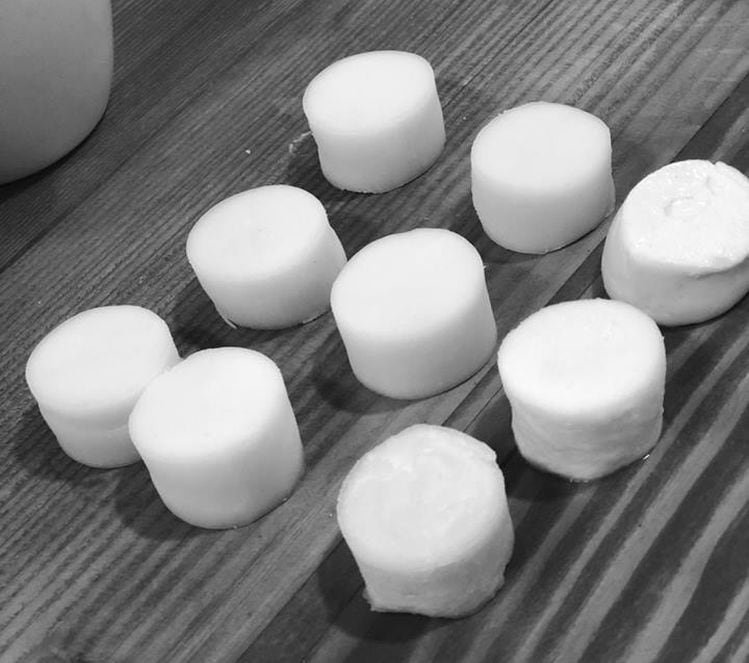
- Watch demo day at IndieBio on June 25 via the livestream.

